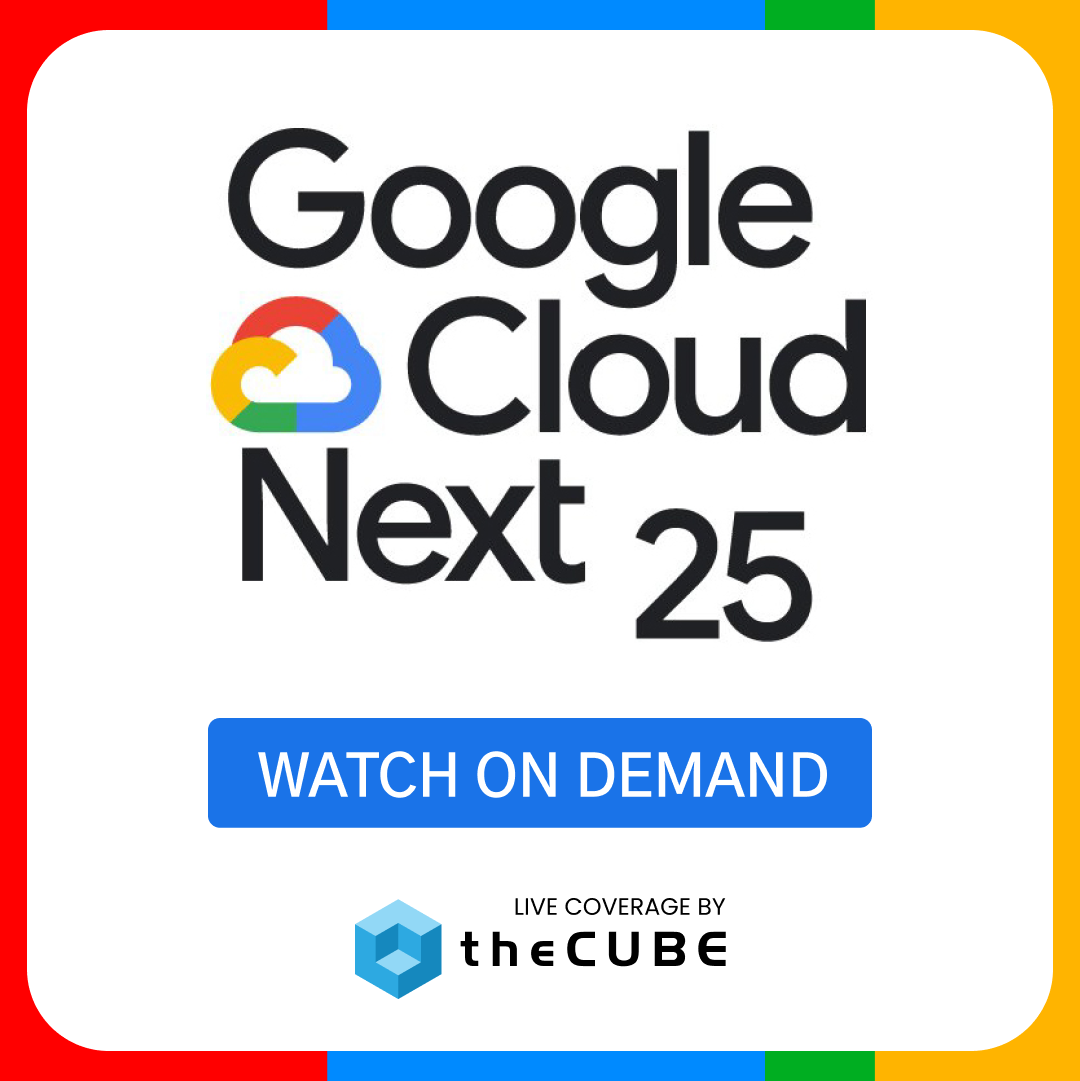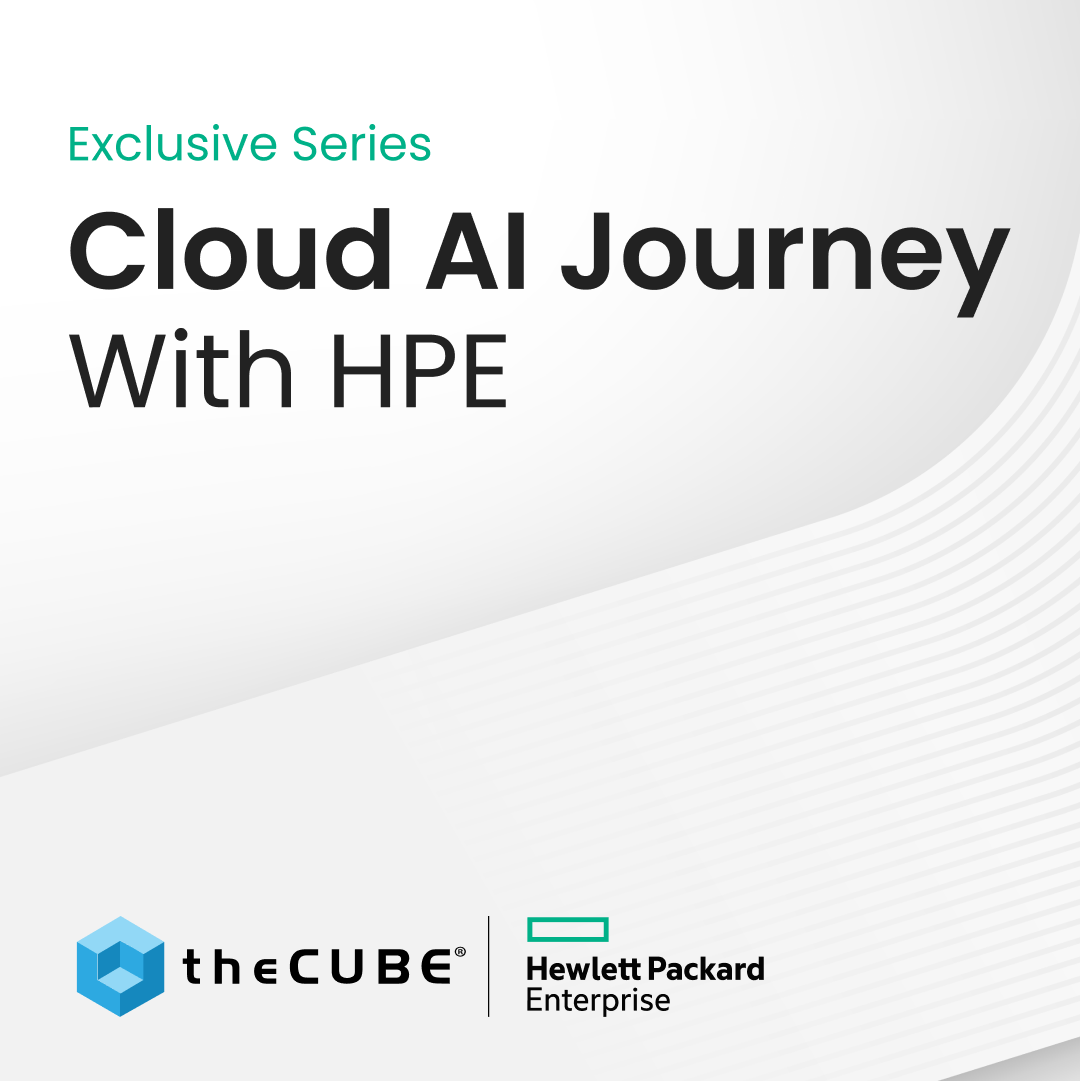Marketing, Storage + Security: The Crossroads No One Saw Coming
![]() I’m a marketer by trade. The reason that I’ve taken a liking to storage and data in general, is because I think that the CMO of tomorrow has to understand data two- to three iterations higher of a degree than CMOs of today. Pick your buzz word: Big Data, Data Revolution, Internet of Things, Industrial Internet, etc. — more data is being collected and conceptualized about consumers and consumer habits more than ever. This means the CMO of tomorrow has to rely on more data-driven facts than thought-driven facts. By no means am I calling the CMO of today a liar…what I am saying is that some of the guesswork of marketing is no longer guesswork.
I’m a marketer by trade. The reason that I’ve taken a liking to storage and data in general, is because I think that the CMO of tomorrow has to understand data two- to three iterations higher of a degree than CMOs of today. Pick your buzz word: Big Data, Data Revolution, Internet of Things, Industrial Internet, etc. — more data is being collected and conceptualized about consumers and consumer habits more than ever. This means the CMO of tomorrow has to rely on more data-driven facts than thought-driven facts. By no means am I calling the CMO of today a liar…what I am saying is that some of the guesswork of marketing is no longer guesswork.
There is a very interesting crossroad we’re coming to: marketing, storage and security are interconnected in many ways we didn’t think, and that juncture is fast approaching. And while I speak of some levels of marketing becoming less guesswork and more data work, there is a catch. Consumers are giving enterprises more and more access to personal private data, healthcare, banking, retail as examples — but what about privacy concerns at the storage and access levels? And with more access to more data, will there not be new regulations created that today don’t yet exist?
Which raises the question, “From an enterprise organization standpoint, how will rising consumer data privacy concerns and regulations impact the CMO’s ability to access and utilize company data?” One requirement of Big Data in the real world is horizontal access within a company – how can an organization maintain consumer data privacy while still providing other departments, specifically the marketing department, useful information?
This is really a question of data democratization, as more information from multiple sources will need to be accessed by individual end users in order to run queries and analytics on their own, no engineering skills required. It’s a true commercial opportunity for traditional vendors currently shifting their business models to Service-driven offerings that layer intelligent software onto the physical hardware components in the data center.
Below is a slide show from Wikibon analyst Jeff Kelly, who outlines the market opportunities, ongoing developments and current challenges of democratizing data.
So the perfect storm is forming at the aforementioned crossroads. Marketing has access to more data, Big Data, but how is the enterprise storing that data? More importantly, what level of security is there unilaterally within the enterprise organization? And just because enterprises and their marketing team have access to more data, that doesn’t mean they have processes standardized to understand and utilize the data in real time.
Still many questions remain unanswered. To what degree does security play in this meeting at the crossroads? What level of security do you enforce collecting my personal data? What level of security do you enforce in storing my personal data? What level of security do you enforce in accessing my data? What level of security do you enforce in who has access to my data? Have fun explaining that conundrum.
So where does that leave us in the Marketing, Storage and Security Crossroads?
.
There are so many different moving parts, there is no one clear answer. However, there are ongoing developments in the space that address aspects of the questions raised today, starting with the matter of data democratization.
![]() “It’s to help people see and understand data,” says Christian Chabot, CEO and co-founder of Tableau. “We believe making it easy for people to see and understand data represents one of the great opportunities in computing this century. We believe there’s a tremendous opportunity to help people answer questions, solve problems and generate meaning from data in a way that has never before been possible. And we believe there’s an opportunity to put that power in the hands of a much broader population of people.”
“It’s to help people see and understand data,” says Christian Chabot, CEO and co-founder of Tableau. “We believe making it easy for people to see and understand data represents one of the great opportunities in computing this century. We believe there’s a tremendous opportunity to help people answer questions, solve problems and generate meaning from data in a way that has never before been possible. And we believe there’s an opportunity to put that power in the hands of a much broader population of people.”
- Power to the people
Empowering through data democratization is something of keen interest to marketing departments across the enterprise, and CMOs are already big drivers in this space, merging third party data sets. “They’ll be combining search data, social data, GPS data, app data, regional consumer data, weather data, etc.,” explains our own Kristen Nicole.
“Most of that data’s not internal to a marketing department or even its parent company, but it’s all consumer data, and that’s what marketers will need to increasing degrees in the coming years. How will it be secured in the data center to protect consumers? In short: How do we secure data coming in from multiple sources?
- Software is the answer
“Software is an answer to all of the above,” Kristen continues. “Everything will have to get smarter, layering in more security, encryption and intelligence. For data center architecture, that also means minimizing complexity through virtualization (software) and better management tools. Management tools have to keep up with technology.“
Shifting those standards around data democratization and making systems more manageable, especially while maintaining security, remains a challenge for IT, but it’s one that many software companies are addressing.
- Shifting paradigms and standards
“Today I cannot imagine not being able to run daily pivot table reports to analyze hundreds of thousands of rows of sales data, measuring our business performance,” says Adriaan van Wyk, K2 founder. “That is the same paradigm shift that will happen when non-developers and less technical users can solve their own business problems in organizations, without being tied down by the limitations they face today.
“The ability to build apps, run them on your mobile devices and delete them when a task is done, at marginal costs that delivers exponential ROI, will change how we think about productivity,” van Wyk concludes.
- Tomorrow’s Marketer
And for the record, here is my educated guess: Marketing departments are going to have to be more lateral than vertical in data collecting and information sharing. The marketing department of tomorrow has its arms in every other department of the company. When sales + the CEO were the voices in the marketers ear of today, sales + IT + biz dev + marketing + services+ CEO + COO + CIO are going to be the voices in the ear of tomorrow’s marketer.
A message from John Furrier, co-founder of SiliconANGLE:
Your vote of support is important to us and it helps us keep the content FREE.
One click below supports our mission to provide free, deep, and relevant content.
Join our community on YouTube
Join the community that includes more than 15,000 #CubeAlumni experts, including Amazon.com CEO Andy Jassy, Dell Technologies founder and CEO Michael Dell, Intel CEO Pat Gelsinger, and many more luminaries and experts.
THANK YOU

















